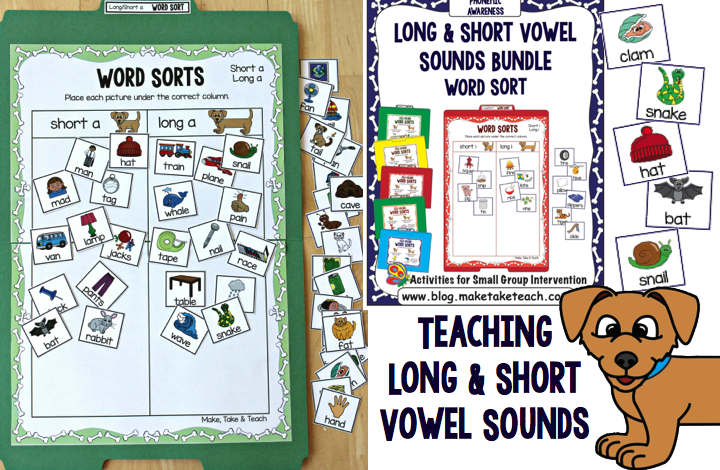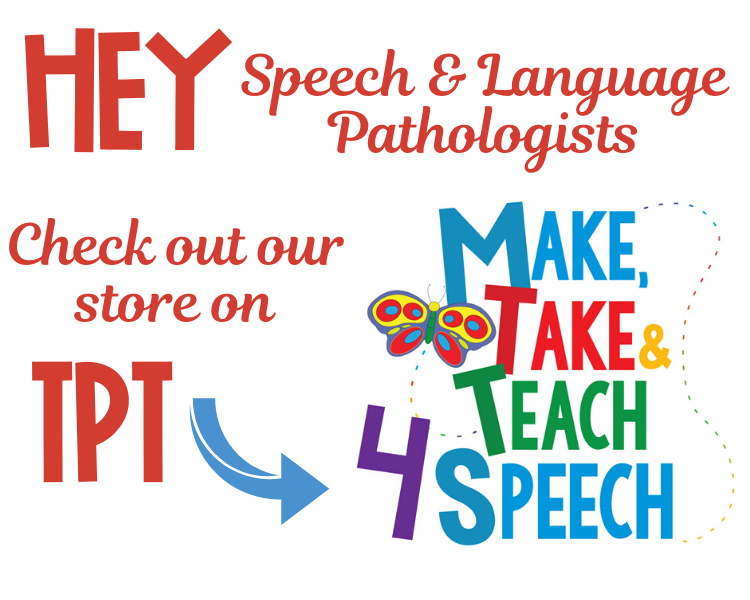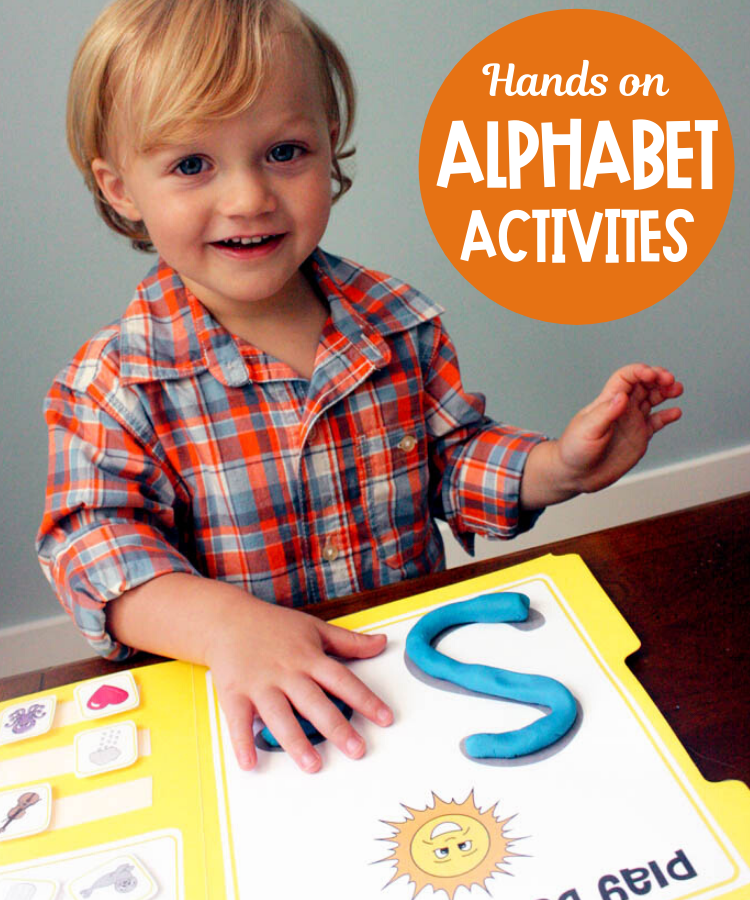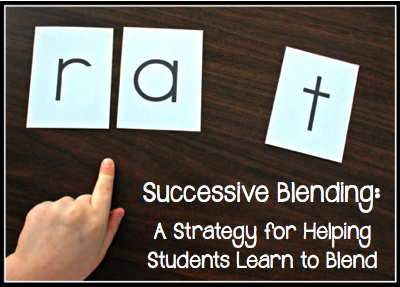Digital Elkonin Boxes! – Google Slides and Boom Task Cards
Oh my goodness have things changed with the this pandemic. Most of the country, if not fully offering distance learning, is providing at least some form at this point. This has forced us to adjust, adapt and think differently on how to teach specific skills over a new platform. Teaching a skill which really requires manipulatives, especially during the initial stages, has been particularly challenging. When we introduce the skill of phoneme segmentation we use chips or blocks and have students move the items for each sound in the word. This hands on component is critical for most children. In the absence of face to face instruction, we’ve had to come up with a different option. If you haven’t yet









